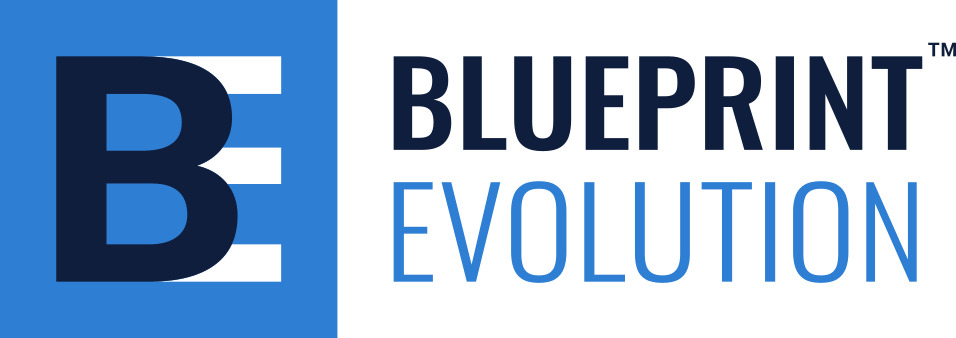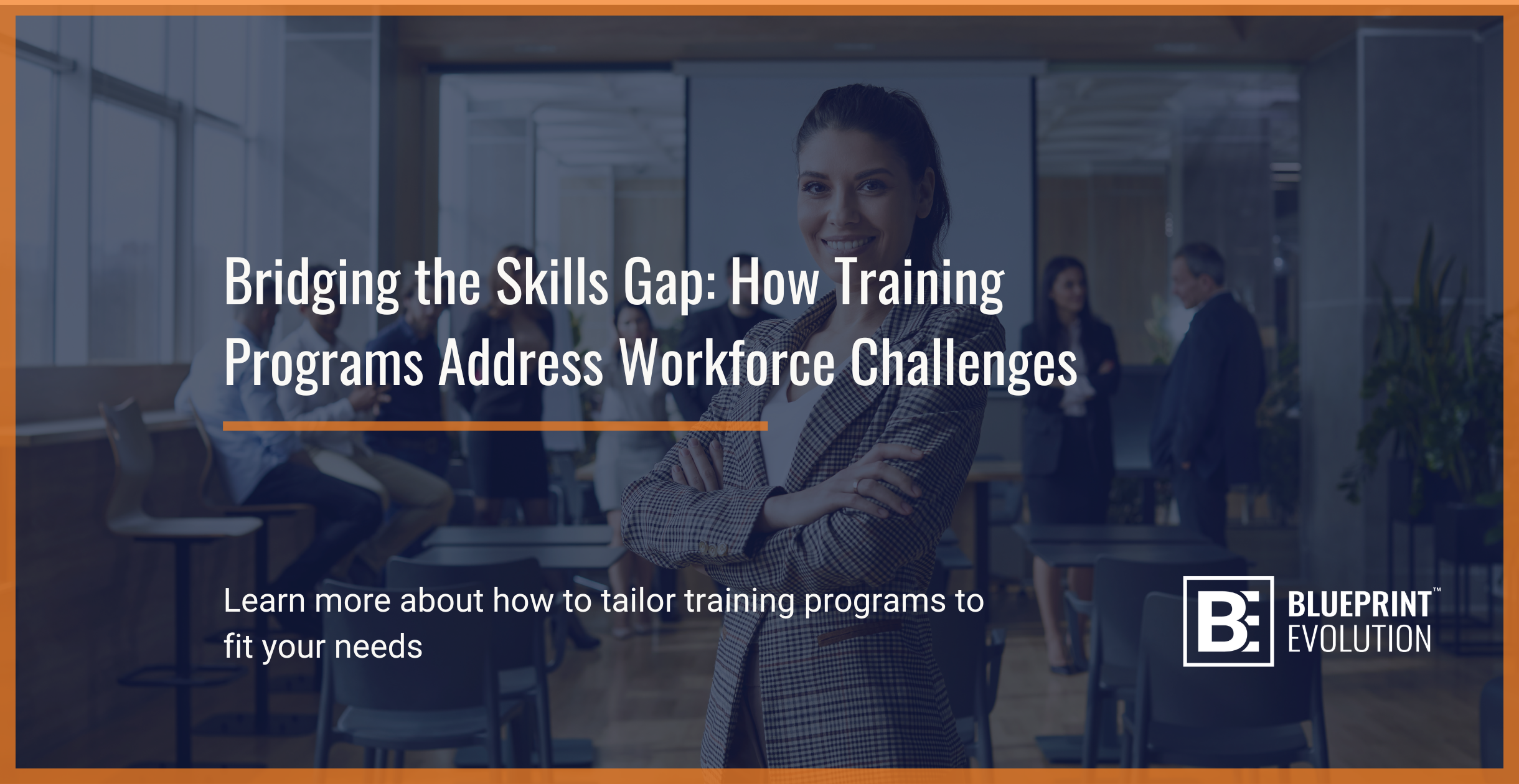The modern workforce is in a constant state of flux, driven by rapid technological advancements, evolving market demands, and workforce turnover. Amid these challenges, one concern looms large for organizations across industries: the skills gap. The gap between the skills employers require and those present in the workforce poses risks to productivity, innovation, and long-term success. Fortunately, specialized training programs have emerged as a powerful tool to close this gap, equipping employees with the capabilities necessary to thrive in a changing business landscape.
In this blog, we will explore the critical role training programs play in addressing workforce challenges, provide actionable tips for assessing current skill levels, and outline strategies for forecasting future needs. By implementing a well-designed training approach, companies can bridge the skills gap and secure their competitive edge.
Understanding the Skills Gap
The skills gap refers to the difference between the skills required for a job and the skills possessed by the workforce. This gap can arise from several factors:
- Technological Advancements: Automation, artificial intelligence, and other technological innovations are transforming industries. While these advancements drive efficiency and innovation, they also create new demands for technical expertise and problem-solving capabilities.
- Market Changes: Shifts in consumer behavior, global competition, and economic trends often require companies to adapt their operations and workforce strategies. For example, the rise of e-commerce has necessitated new logistics, marketing, and customer service skills.
- Workforce Turnover: The retirement of experienced employees, coupled with the entry of younger generations into the workforce, can lead to skill gaps. New hires may lack the institutional knowledge or technical skills required for their roles.
The Role of Targeted Training Programs
Specialized training programs are designed to address specific skills gaps within an organization. These programs align with the company’s goals and the workforce’s unique demands, ensuring employees gain the essential skills needed for success. Here are key ways training programs contribute to bridging the skills gap:
- Reskilling and Upskilling: Training programs help employees develop new skills (reskilling) or enhance existing ones (upskilling) to meet evolving job requirements. For instance, a manufacturing company might reskill its workforce to operate advanced robotics systems or upskill employees to manage complex supply chain processes.
- Employee Engagement and Retention: Employees are likelier to remain loyal to organizations that invest in their growth. Training programs demonstrate a commitment to employee development, boosting morale, and reducing turnover.
- Improved Productivity and Innovation: A well-trained workforce is more productive and can contribute innovative solutions. Employees equipped with the latest knowledge and tools can address challenges more effectively and drive business growth.
- Adaptability to Change: Training fosters a culture of continuous learning, enabling employees to adapt to new technologies and processes confidently. This adaptability is crucial in industries characterized by rapid change.
Assessing Current Skill Levels
Before implementing a training program, organizations must assess their current workforce capabilities. This process helps identify specific skills gaps and prioritize training efforts. Here are steps to evaluate current skill levels:
- Conduct Skills Audits: Use surveys, interviews, and assessments to gather employee skills and knowledge data. Focus on technical, soft, and leadership skills relevant to your industry.
- Analyze Job Requirements: Review job descriptions and performance expectations to identify critical skills for each role. Compare these requirements to employees’ current capabilities.
- Leverage Technology: Utilize tools like skills management software to track and analyze workforce data. These tools can provide insights into skills trends and gaps.
- Seek Employee Input: Encourage employees to self-assess their skills and provide feedback on areas where additional training would benefit them.
- Engage Managers: Collaborate with managers to identify skills deficiencies within their teams and prioritize training needs based on organizational goals.
Forecasting Future Skills Needs
In addition to addressing current skills gaps, companies must prepare for future workforce demands. Anticipating future skills needs requires a strategic approach:
- Monitor Industry Trends: Stay informed about technological advancements, market shifts, and regulatory changes that could impact your industry. For example, the transition to renewable energy has created a new demand for skills in solar and wind energy technologies.
- Collaborate with Industry Partners: Engage with trade associations, academic institutions, and training providers to gain insights into emerging skills requirements.
- Analyze Workforce Composition: Assess tenure, career aspirations, and key demographic trends to anticipate turnover and succession planning effectively.
- Scenario Planning: Use scenario planning to explore potential future developments and their impact on skills requirements. This technique helps organizations prepare for multiple possibilities.
- Invest in Continuous Learning: Establish a culture of lifelong learning by providing ongoing access to training and development resources. This ensures that employees can adapt to future challenges as they arise.
Designing Effective Training Programs
An effective training program is tailored to the organization’s needs and delivered to maximize engagement and retention. Consider the following best practices:
- Set Clear Objectives: Define specific goals for the training program, such as improving technical skills, enhancing leadership capabilities, or increasing adaptability.
- Customize Training Content: Align training content with your organization’s and industry’s unique needs. For example, a healthcare provider may focus on training employees in telemedicine technologies and patient data management.
- Utilize Diverse Learning Methods: To accommodate different learning styles, incorporate a mix of learning methods, including in-person workshops, e-learning modules, simulations, and on-the-job training.
- Measure Outcomes: Evaluate the effectiveness of training programs through metrics such as employee performance, productivity improvements, and feedback surveys. Use this data to refine future initiatives.
- Foster a Learning Culture: Encourage employees to take ownership of their development by providing access to resources like online courses, mentorship programs, and industry certifications.
Overcoming Common Challenges
Implementing training programs can be challenging, but proactive planning can mitigate potential obstacles:
- Budget Constraints: Demonstrate the return on investment (ROI) of training programs by highlighting their impact on productivity, retention, and innovation.
- Employee Resistance: Overcome resistance by clearly communicating the purpose and benefits of the training while involving employees in the program’s design.
- Time Constraints: Integrate training into employees’ schedules by offering flexible options, such as online courses and microlearning modules.
- Measuring Impact: Develop clear metrics and benchmarks to track the success of training programs and make data-driven decisions.
Bridging the skills gap is not just an operational necessity; it’s a strategic imperative for organizations aiming to thrive in today’s dynamic business environment. By assessing current skill levels, forecasting future needs, and implementing targeted training programs, companies can empower their workforce to meet evolving challenges head-on.
Training programs address immediate skills gaps and foster a culture of continuous learning, adaptability, and innovation. As organizations invest in their people, they pave the way for sustained success, ensuring that both employees and businesses can confidently navigate the complexities of the modern workplace.
In a world of constant change, the ability to learn and adapt is the ultimate competitive advantage. Organizations can close the skills gap by prioritizing training and development and build a workforce ready to shape the future.







